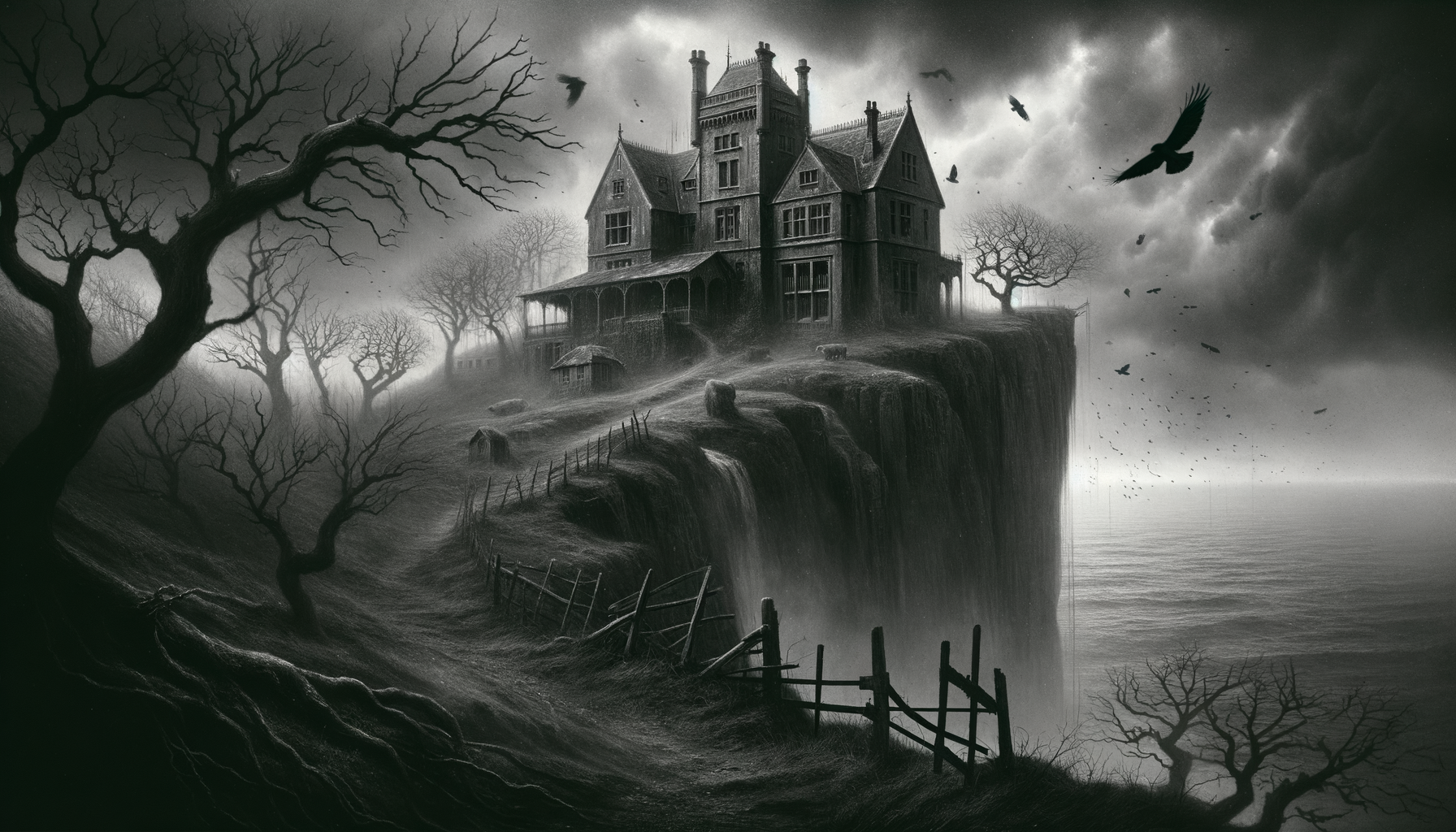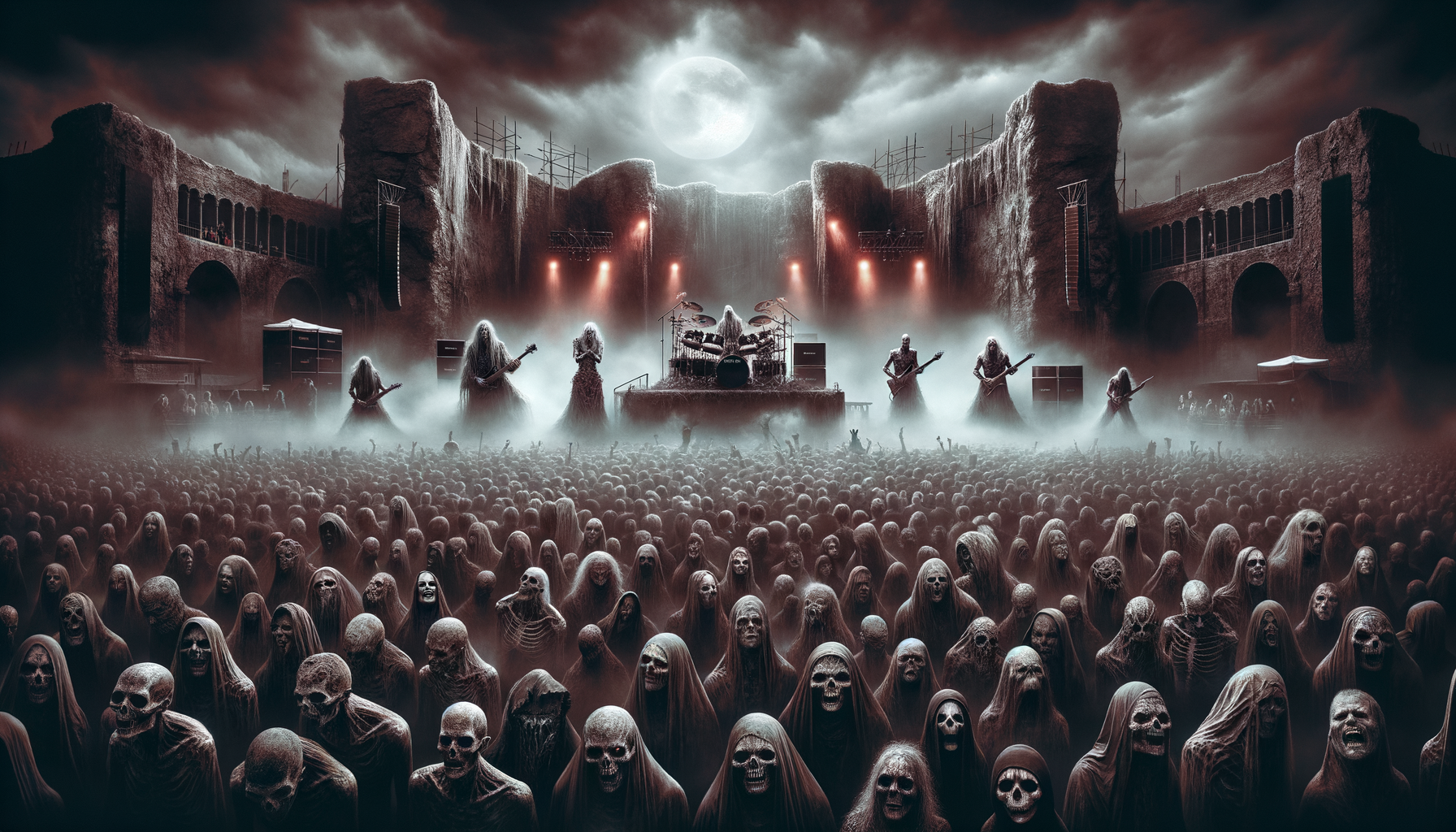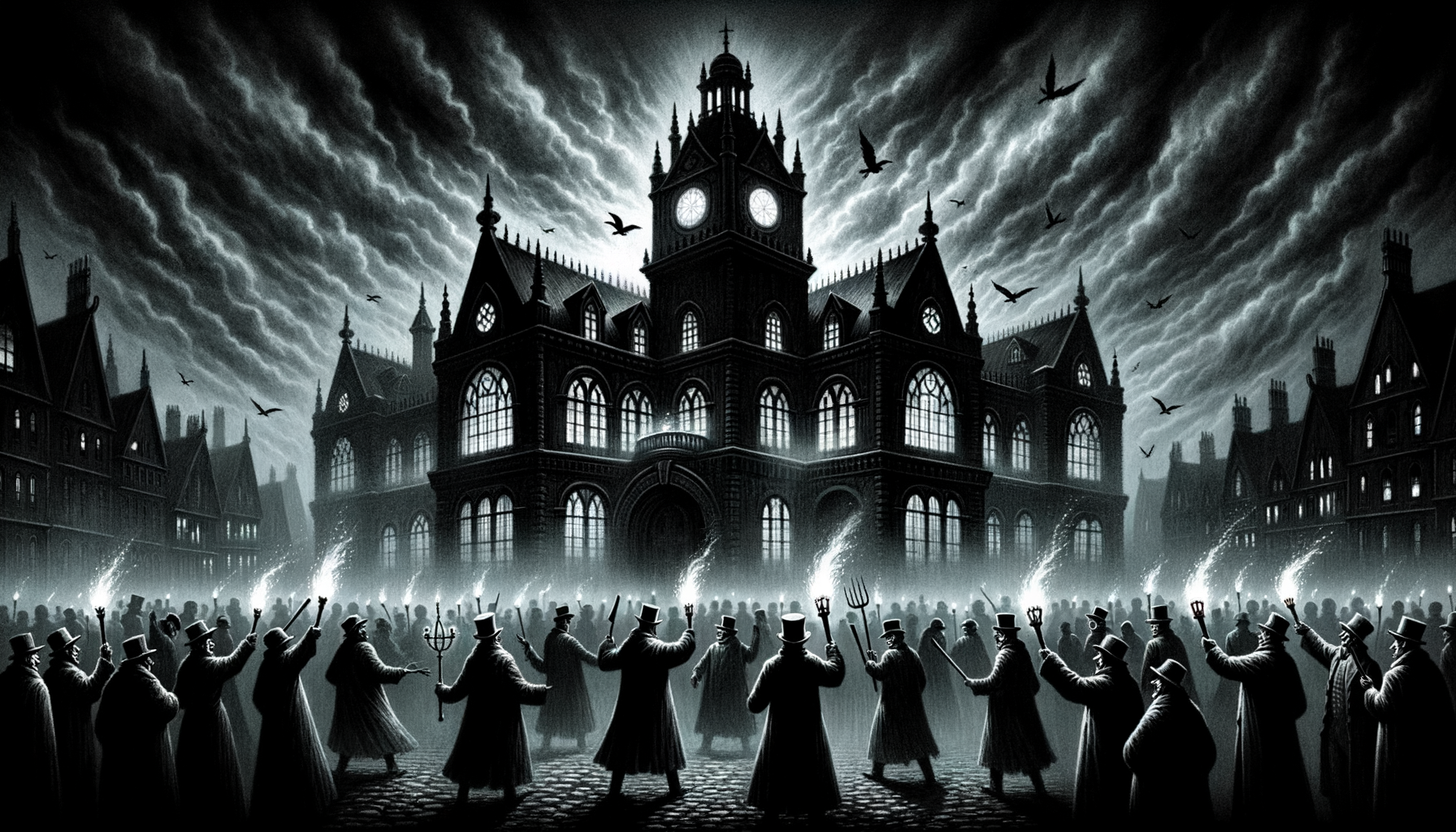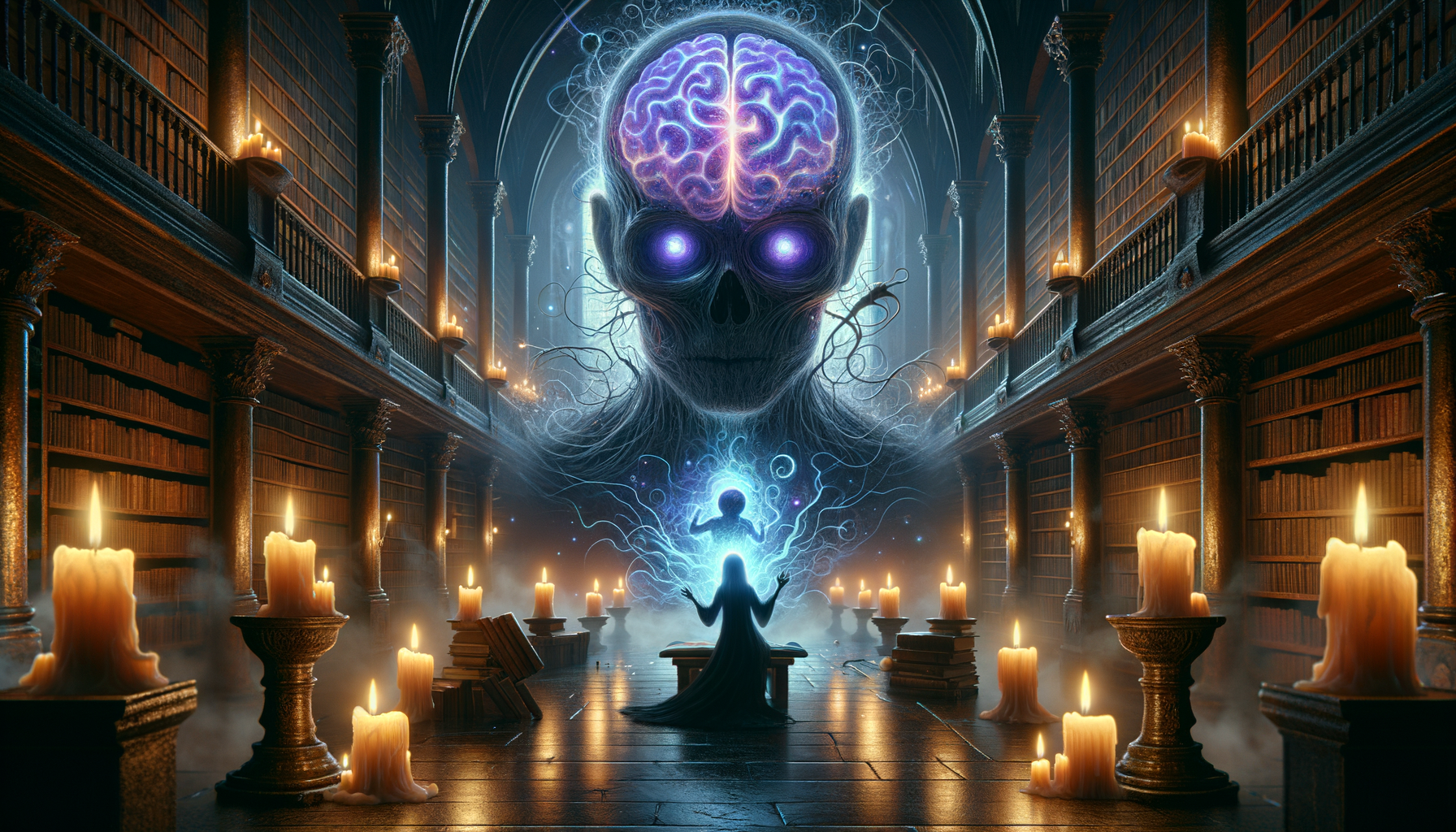Are you intrigued by the spine-chilling undercurrents in classic literature? Ever wondered how psychological horror can seep through the pages, leaving a lasting impression on your mind? Daphne du Maurier, the brilliant author behind works like ‘Rebecca’ and ‘The Birds,’ masterfully blends haunting atmospheres and complex characters to explore the depths of human psyche. Her stories are more than tales of terror; they’re psychological explorations of fear, obsession, and the unknown. Let’s unravel the secrets behind Du Maurier’s classic psychological horror and understand why her works continue to captivate readers!
The Core Elements of Psychological Horror in Du Maurier’s Works
Atmosphere and Setting
Du Maurier masterfully crafts an environment that envelops the reader in a sense of unease. Her settings are often isolated and brooding, such as the imposing Manderley estate in “Rebecca” or the desolate Cornish coast. The physical spaces she describes seem almost alive, contributing to the foreboding atmosphere that pervades her narratives. The meticulous attention to detail in her descriptions allows readers to feel the chilling presence of these locations, making them integral to the psychological tension.
Character Deconstruction
The characters in Du Maurier’s stories are far from one-dimensional. She intricately dissects their psyches, revealing layers of complexity that challenge readers to question their motives and vulnerabilities. Protagonists often grapple with inner turmoil, while antagonists exhibit traits that make them both terrifying and pitiable. This nuanced exploration blurs the lines between good and evil, enhancing the psychological depth of her tales.
Themes of Isolation and Obsession
Isolation and obsession are recurring motifs in Du Maurier’s work. Characters frequently find themselves physically or emotionally isolated, intensifying their sense of dread and vulnerability. Obsession drives many of the plots, whether it is the narrator’s fixation on Rebecca in “Rebecca” or the relentless fear of the unknown in “The Birds.” These themes underscore the human condition, making her stories resonate on a deeply personal level.
Psychological Manipulation
Du Maurier expertly uses fear and anxiety to grip her readers. Her narratives are designed to unsettle, employing psychological manipulation to keep the audience on edge. The subtle build-up of tension, the unpredictable twists, and the pervasive sense of dread all contribute to a gripping experience. This manipulation is not just a plot device but a fundamental aspect of how she engages with her readers’ minds.
Iconic Works: Analyzing ‘Rebecca’
Plot Overview
“Rebecca” tells the story of a young, unnamed narrator who marries the wealthy widower Maxim de Winter. Upon moving to his grand estate, Manderley, she finds herself overshadowed by the lingering presence of Maxim’s first wife, Rebecca. The narrator’s insecurities and the sinister housekeeper, Mrs. Danvers, heighten the sense of unease as she uncovers the truth about Rebecca’s death.
Psychological Horror Elements
Key moments of psychological terror in “Rebecca” include the narrator’s growing paranoia and her interactions with Mrs. Danvers, who manipulates her into doubting her sanity. The oppressive atmosphere of Manderley and the constant comparisons to Rebecca amplify the horror, making the reader feel the narrator’s escalating fear and insecurity.
Character Analysis
The unnamed narrator is characterized by her naivety and vulnerability, which contrast sharply with Rebecca’s enigmatic and seemingly perfect persona. Mrs. Danvers, with her obsessive loyalty to Rebecca, embodies the darker aspects of human devotion and manipulation. Maxim de Winter’s complex emotions and hidden past further add to the psychological intricacies of the story.
Symbolism and Themes
Manderley itself is a powerful symbol, representing both grandeur and decay. The sea, which plays a crucial role in Rebecca’s demise, symbolizes the uncontrollable forces of nature and fate. These symbols, along with themes of memory, identity, and deception, enrich the narrative, providing multiple layers of meaning for the reader to explore.
Legacy and Impact
“Rebecca” has left an indelible mark on the genre of psychological horror. Its influence can be seen in numerous modern works that explore similar themes of obsession, identity, and the supernatural. The novel’s enduring popularity is a testament to Du Maurier’s skill in crafting a story that continues to captivate and unsettle readers.
The Haunting Short Stories: ‘The Birds’ and Beyond
Plot Synopsis of ‘The Birds’
“The Birds” recounts the story of a small Cornish community besieged by inexplicably aggressive birds. As the attacks escalate, the protagonist, Nat Hocken, struggles to protect his family and survive the onslaught. The story’s tension builds as the birds’ behavior becomes increasingly sinister and unpredictable.
Analyzing Fear and Paranoia
Du Maurier creates tension in her short stories by tapping into primal fears and the unknown. In “The Birds,” the inexplicable nature of the avian attacks instills a deep sense of paranoia. The characters’ growing realization that they are powerless against this natural force amplifies the horror, making the reader question the stability of their own world.
Themes of Nature and Human Vulnerability
“The Birds” explores the theme of human vulnerability in the face of nature’s unpredictability. The story highlights how fragile human existence is and how quickly the balance of power can shift. This theme resonates with readers, reminding them of their own vulnerabilities and the thin veneer of control they hold over their environment.
Adaptations and Cultural Influence
Du Maurier’s works have transcended literature, inspiring numerous adaptations, most notably Alfred Hitchcock’s film version of “The Birds.” These adaptations have introduced her stories to a broader audience, cementing her influence on the psychological horror genre and popular culture.
Psychological Horror Techniques Used by Du Maurier
Unreliable Narrators
Du Maurier often employs unreliable narrators, forcing readers to question the reality presented to them. This technique creates a sense of disorientation and mistrust, enhancing the psychological tension. The shifting perceptions and hidden truths keep readers engaged and continuously reevaluating the story.
Stream of Consciousness
By using stream of consciousness, Du Maurier delves deep into her characters’ internal thoughts, exposing their fears, desires, and insecurities. This technique allows readers to experience the characters’ psychological states firsthand, making the horror more intimate and immediate.
Symbolism and Foreshadowing
Subtle hints and symbols are strategically placed throughout Du Maurier’s narratives to build suspense. These elements often foreshadow future events, creating a sense of impending doom. The careful placement of these clues engages readers, encouraging them to piece together the underlying mysteries.
Ambiguity and Open Endings
Du Maurier frequently employs ambiguity and open endings to leave readers with lingering unease. By not providing clear resolutions, she ensures that her stories continue to haunt the reader’s mind long after they have finished the book. This technique underscores the unpredictable nature of psychological horror.
Daphne du Maurier’s Influence on Modern Psychological Horror
Comparative Analysis
Du Maurier’s techniques remain relevant in contemporary psychological horror. Modern authors continue to draw inspiration from her use of atmosphere, character complexity, and psychological manipulation. Her influence is evident in the way current works maintain tension and explore the darker aspects of the human psyche.
Popular Authors and Works Influenced
Numerous authors, such as Stephen King and Shirley Jackson, have acknowledged Du Maurier’s impact on their writing. Their works often reflect her themes of isolation, obsession, and psychological terror, demonstrating the lasting legacy of her storytelling methods.
The Enduring Appeal of Psychological Horror
The genre of psychological horror continues to captivate readers because it taps into fundamental human fears and emotions. Du Maurier’s ability to explore these themes with depth and nuance ensures that her works remain timeless. Readers are drawn to the genre for its ability to challenge their perceptions and evoke a profound sense of unease, a testament to Du Maurier’s enduring influence.
Conclusion
Daphne du Maurier’s exploration into psychological horror remains a touchstone for understanding the depth and nuance of fear in literature. Her talent for embedding unsettling atmospheres, intricate characters, and profound psychological themes ensures her stories continue to captivate and terrify readers. So, why not immerse yourself in the eerie world of Du Maurier’s classics? Revisit ‘Rebecca’ or ‘The Birds,’ and experience the psychological horror that stands the test of time. What’s your favorite Du Maurier tale? Let us know in the comments! By exploring these key aspects, you’re poised to appreciate the profound genius of Du Maurier’s work while enhancing your understanding of psychological horror in classic literature. Happy reading!




